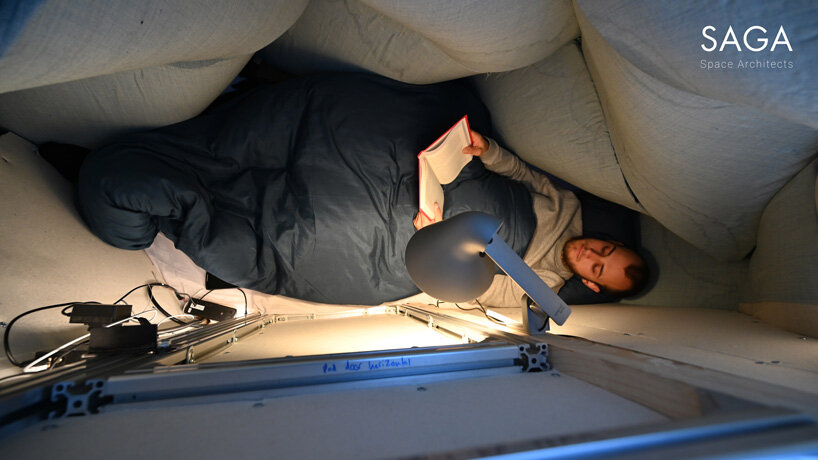
Additional information can be found here at About Us.3dpbm recently attended the annual AM Summit 2022, the largest AM conference in Scandinavia, on 7 September, at TAP1, in Copenhagen, Denmark. If you do not agree with this then you must stop using the websites from May 25, 2018. By using our websites you consent to cookie based advertising. All network advertising suppliers have GDPR policies (Legitimate Interest) that conform with EU regulations for data collection.
General Data Protection Regulation (GDPR) Statement Our advertisers use various cookies and the like to deliver the best ad banner available at one time. Advertising does not imply endorsement, agreement or approval of any opinions, statements or information provided by Space Media Network on any Web page published or hosted by Space Media Network.
#Lunark habitat professional
Such articles are individually curated and edited by Space Media Network staff on the basis of the report's information value to our industry and professional readership.

All articles labeled "by Staff Writers" include reports supplied to Space Media Network by industry news wires, PR agencies, corporate press officers and the like. Additional copyrights may apply in whole or part to other bona fide parties. All NASA sourced material is public domain. ESA news reports are copyright European Space Agency. AFP, UPI and IANS news wire stories are copyright Agence France-Presse, United Press International and Indo-Asia News Service. All websites are published in Australia and are solely subject to Australian law and governed by Fair Use principals for news reporting and research purposes. The content herein, unless otherwise known to be public domain, are Copyright 1995-2022 - Space Media Network. Study highlights gallium oxide's promise for next generation radiation detectors Mars News and Information at Īir Force investigates using quantum materials in new navigation toolĪstroscale and Northumbria Uni to advance standardization of end-of-life satellite practicesĮSA's Tenerife telescope resumes watching the sky By going there, we don't have to pretend. "Arctic Greenland is one of the most Moon-like places on Earth - a strange desolate white planet. "We will live in complete solitude, cut off from the rest of the world, to test the architecture, ourselves, and technologies for future Moon missions," the two designers note. The habitat weights about 1,700kg and can expand from an easily stowable 2.8 cubic metres to an impressive 17 cubic metres.Īristotelis and Sorensen will test the efficiency of the Lunark Habitat this fall, living inside it for three months in Arctic regions of Greenland, where -30-degree Celsius temperatures are said to replicate the freezing conditions on the moon.

"The final hinge design is a compliant mechanism, it's lightweight, strong, airtight, simple to manufacture and to maintain". "By combining the ancient Japanese art of paper folding with the method of biomimicry we have come to a lightweight and strong foldable," the designers write on their website. The exterior of the habitat consists of a strong aluminum frame covered with solar cells, while the interior contains a toilet and living quarters with desks and shelves. The idea for the lunar shelter comes from 'space architects' Sebastian Aristotelis and Karl-Johan Sorensen, from design company SAGA Space Architects.
#Lunark habitat portable
The project, called 'Lunark Habitat', is a compact portable structure that can be expanded and folded to allow easy transport.

Two Danish designers have developed an origami-inspired foldable house that could be useful for offworld explorers from NASA's Artemis mission to the moon. The designers say that the aim of their project is to withstand the toughest weather conditions, something that might help NASA's scheduled 2024 mission to the moon, dubbed "Artemis".


 0 kommentar(er)
0 kommentar(er)
